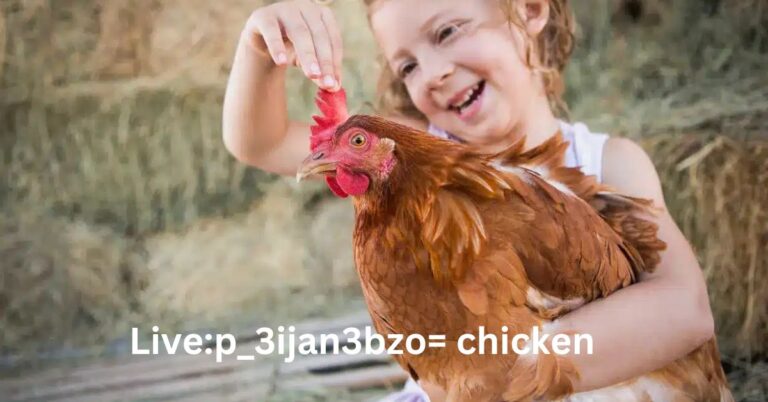Animal:yzozt5bfcfa= mouse – The Mighty Mouse in Nature and Science!
The (animal = mouse) is a small yet vital creature in ecosystems and scientific research. It contributes to biodiversity, pest control, and breakthroughs in medicine and genetics.
What is the (Animal:yzozt5bfcfa = Mouse)? – The Introduction!
The (animal = mouse) is a small mammal known for its agility, intelligence, and adaptability. Belonging to the rodent family, mice come in various species, with the house mouse (Mus musculus) being the most widespread globally. These adaptable creatures thrive in many environments, from dense forests and fields to human dwellings, and their nocturnal nature often means they remain out of sight.
Anatomy and Physical Characteristics of the (Animal = Mouse)!
Size and Weight:
- Mice are typically small, measuring 3-4 inches long and weighing between 0.5 and 1 ounce. Their small size allows them to hide in small crevices, offering protection and food access.
Sensory Abilities:
- Mice have highly developed senses of smell, taste, and hearing, helping them navigate and locate food in various environments.
- Their eyesight is relatively poor, so they rely more on their other senses to explore and survive.
Colour and Coat:
- The colouration of mice varies by species and habitat but generally ranges from grey to brown, offering camouflage against predators.
Adaptations for Survival:
- Their tails help with balance and thermoregulation, and their sharp teeth, which grow continuously, allow them to gnaw through various materials, including wood and even some plastics.
The Natural Habitat of the (Animal = Mouse) – Where They Live!
Mice are adaptable and can survive in nearly every habitat type:
- Woodlands and Grasslands: Offer cover and plenty of food sources.
- Urban and Suburban Areas: Human environments provide shelter and abundant food.
- Fields and Agricultural Land: A natural source of food and nesting areas, though they can become agricultural pests.
Their ability to thrive in diverse environments has made them one of the most widely distributed mammals globally.
The (Animal = Mouse) in Ecosystems – Explore Their Presence!
Mice play a crucial role in the food chain. As prey animals, they support a range of predators, including birds of prey, foxes, and reptiles. By serving as a food source, mice help sustain biodiversity and balance in their ecosystems. Their burrowing and foraging behaviours also contribute to soil health and seed dispersal, promoting plant growth.
The Importance of the (Animal = Mouse) in Scientific Research!
The (animal = mouse) is one of the most studied animals in science, contributing immensely to:
- Genetics and Biomedical Research: Mice share over 95% of their genes with humans, making them ideal for genetic and disease research.
- Drug Testing: Before human trials, mice are used to test new medications for safety and effectiveness.
- Psychological Studies: Mice help scientists understand behaviour, learning, and memory, as their brain structure closely resembles that of humans.
Behavioural Traits of the (Animal = Mouse) – How They Adopt!
Diet and Foraging:
- Mice are omnivores, primarily eating grains, fruits, and insects. They are opportunistic feeders and adapt their diet based on their environment.
Reproductive Behavior:
- Mice are highly prolific, with females capable of producing up to 10 litres per year. This rapid reproduction makes them resilient and, at times, problematic as pests.
Social Structure:
- Mice are social creatures and often live in groups. They communicate using high-frequency sounds undetectable to human ears, which helps them coordinate and signal danger.
Adaptation to Predators:
- Mice have evolved various survival techniques to avoid predators, including hiding, rapid breeding, and nocturnal habits.
The Role of (Animal = Mouse) in Agriculture – The Use!
In rural areas, mice can be both beneficial and problematic. While they contribute to pest control by eating insects and weed seeds, they can also damage crops and stored grains, leading to economic losses for farmers. Strategies for managing mouse populations include habitat modification and humane traps.
Common Species of (Animal = Mouse) in the USA – The Variety!
- House Mouse (Mus musculus): The most common species in urban environments.
- Deer Mouse (Peromyscus maniculatus): Known for its white underbelly and presence in rural areas.
- White-Footed Mouse (Peromyscus leucopus): Found in forests and fields, known for carrying Lyme disease.
The Cultural Significance of the (Animal = Mouse)!
Beyond their ecological and scientific roles, mice have a cultural significance in folklore, literature, and popular media. From ancient mythologies to modern cartoons, the humble mouse has symbolised resilience and intelligence.
Frequently Asked Questions:
Why are (animal = mouse) used in research?
Mice share a significant portion of their genetic makeup with humans, making them ideal for studying genetics and disease.
How do (animal = mouse) communicate?
Mice communicate through ultrasonic vocalisations, which humans cannot hear, and use these sounds to coordinate and warn each other.
Where do (animal = mouse) live?
Mice are adaptable and can live in various environments, from forests to cities, and are often found in homes during colder months.
What is the lifespan of a (animal = mouse)?
Wild mice generally live about one year, while domesticated mice can live up to 2-3 years.
Conclusion:
The (animal = mouse) may seem simple, but its role in ecosystems, agriculture, and scientific research underscores its importance. By understanding and respecting these small animals, we can better appreciate the intricate web of life in which we are all connected.






